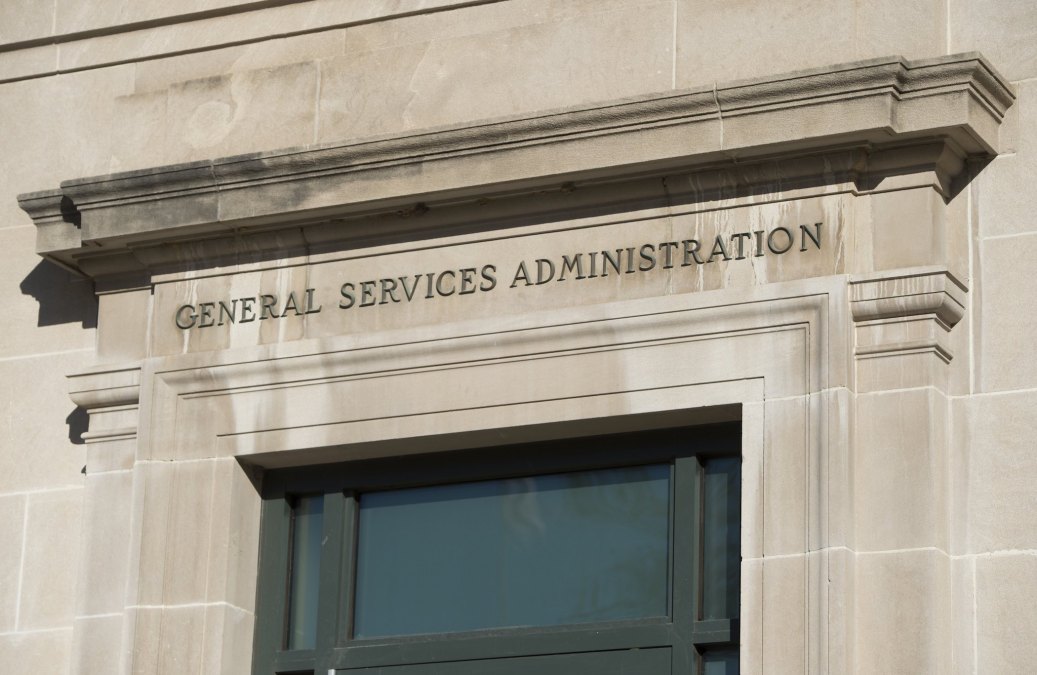GSA’s newly expanded acquisition data reporting program is riddled with ‘shortcomings,’ watchdog says

The General Services Administration mandated in June that all multiple award schedule contract holders will be required to report transactional data beginning in fiscal 2026, expanding a pilot that the agency launched nearly a decade ago.
However, GSA’s Office of the Inspector General takes objection to that decision to institutionalize the transactional data reporting (TDR) pilot because it says the agency “has never effectively implemented TDR and has never made it functional,” according to a new report.
GSA’s Federal Acquisition Service launched the TDR pilot in 2016, asking contractors in select product lines to share data on government purchases with the intent of driving better buying decisions. In fiscal 2024, the agency expanded the TDR pilot program to encompass 67 categories of products — what GSA refers to as special item numbers (SINs).
But along the way, the program has struggled with data quality issues, limited usage in pricing decisions and a lack of competitive pricing actions, the IG points out in the new report.
“Ultimately, the TDR pilot has been in effect within the MAS program for 9 years and has yet to accomplish its intended purpose,” it states.
GSA in fiscal 2020 credited the program as “meeting or exceeding targets” and deeming it ready for a full expansion. The IG, however, found those claims to be misleading, saying that GSA used “flawed methodologies and inaccurate and unsupported information” to make that determination.
On top of that, the TDR program’s stated goals do not mesh with GSA’s latest OneGov acquisition overhaul, the watchdog posits in its report.
“Under GSA’s new OneGov strategy, FAS plans to approach the market as a shared enterprise and single customer instead of as a series of isolated purchases. By using this approach, FAS hopes the government will be able to obtain enterprise-level pricing that establishes pricing based on the entire government rather than pricing on an agency-by-agency or transactional basis,” the report reads. “However, FAS’s TDR pricing methodology does not support this strategy. FAS’s primary method for price analysis under TDR … is to use its automated pricing tools. This price analysis does not attempt to leverage the government’s buying power and only assesses whether proposed pricing is relatively competitive to other government contracts.”
The IG concludes that GSA’s decision to move forward with an expansion of the transactional data reporting program despite its unaddressed shortcomings will likely lead to even bigger challenges, like “an even larger amount of unusable sales data.”
Ultimately, “GSA’s expansion of TDR for all its MAS contracts could place government agencies at risk of overpaying for products and services when ordering from FAS’s MAS contracts,” the watchdog writes.
GSA did not respond to a request for comment.
In June, when the program’s expansion was announced, FAS Commissioner Josh Gruenbaum said in a statement: “Comprehensive data on purchased items and corresponding prices will empower our contracting officers to negotiate effectively and secure the best value for taxpayer dollars. Much like our private industry partners, GSA depends on data to make the best decisions about procurement. Transactional Data Reporting will provide the federal government with the critical and essential market intelligence to help aid the government’s effort to create a transparent, optimized and streamlined marketplace for goods and services.”






